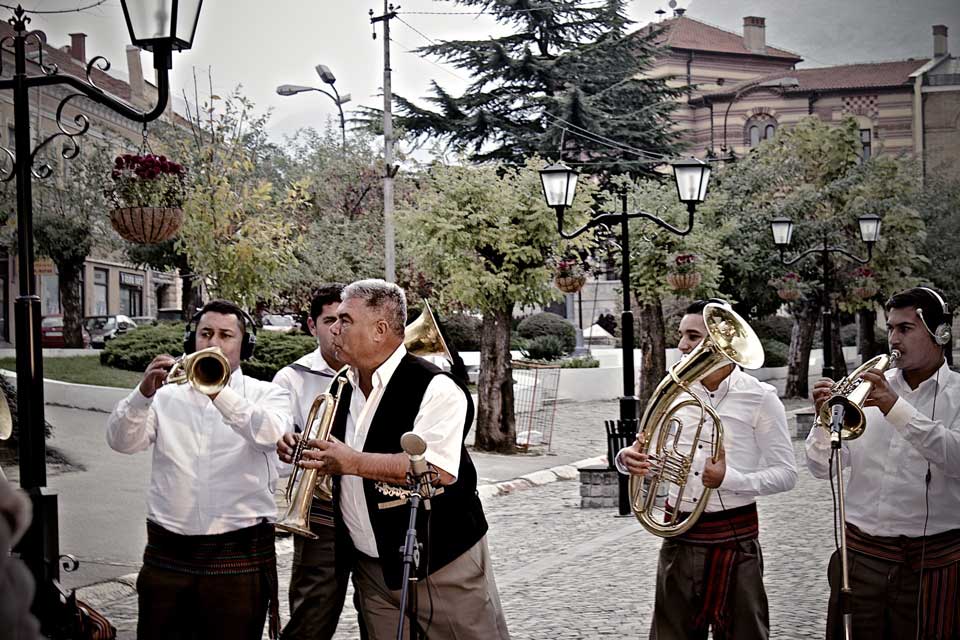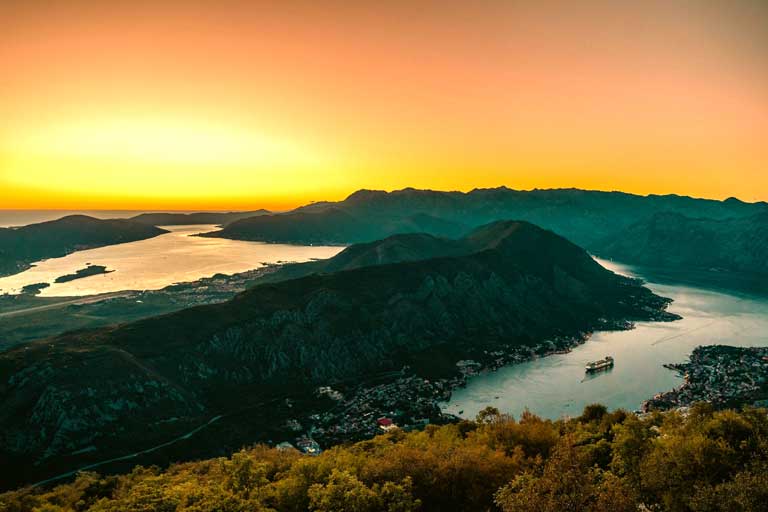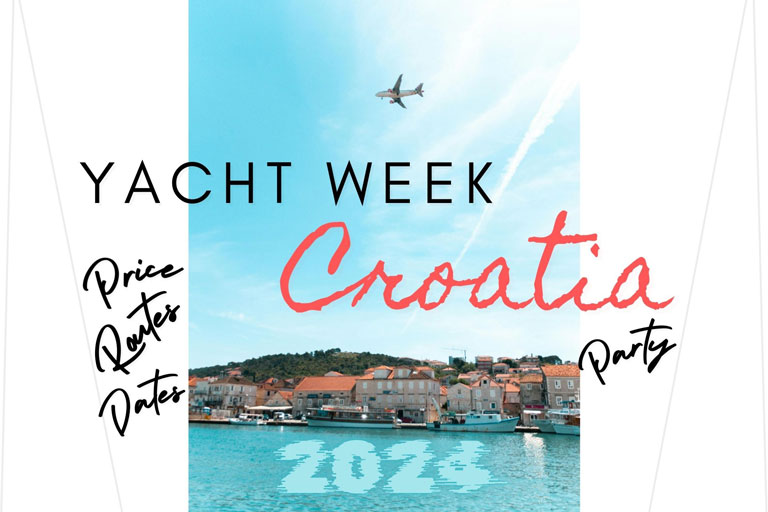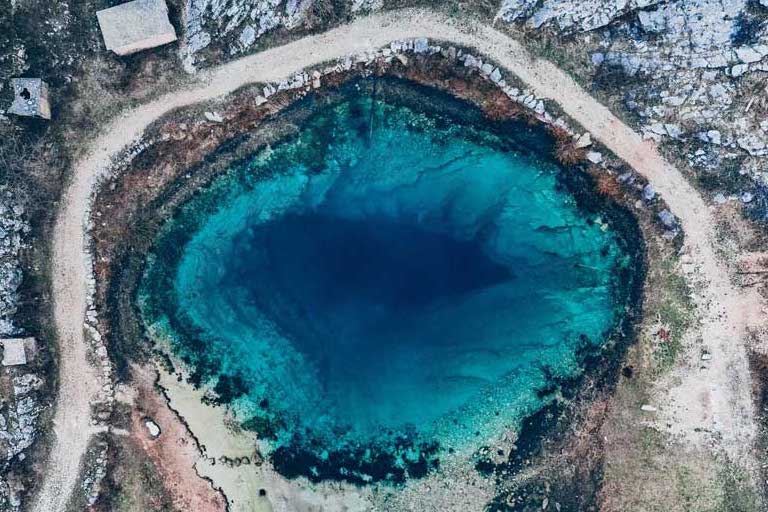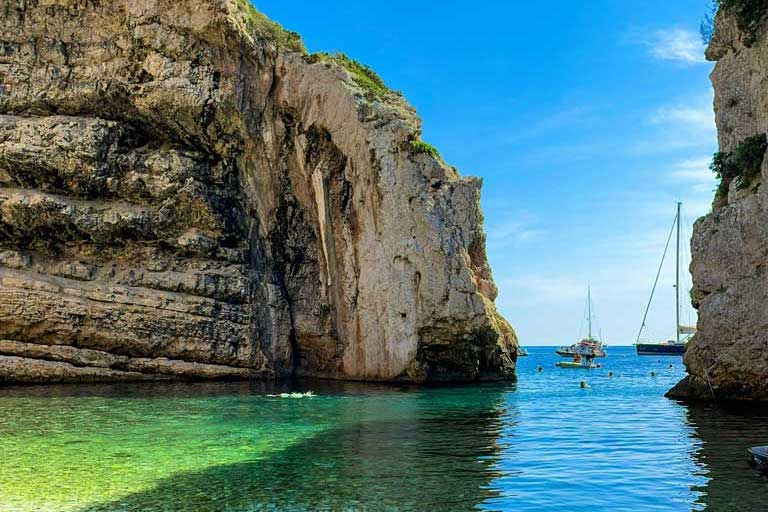Let’s start off with two interesting facts about Serbia you might not have been aware of. Facts about Serbia that we hope are going to shift your attention to travelling to Serbia one day.
Did you know Christmas Day in Serbia falls on Jan 7th? And also, did you know Nikola Tesla was Serbian?
Serbia is a majestic country brimming with history and culture. A holiday in Serbia will put you in the centre of a historic nation with lots to offer and a story to tell.
Here’s a List of Interesting Facts About Serbia to Know:
1. Serbian Christmas Traditions
They celebrate Christmas Eve on Jan 6th! So, why don’t they celebrate the Serbian Christmas Day with the rest of the world? It’s because the country’s main Orthodox Church uses the old Julian Calendar.
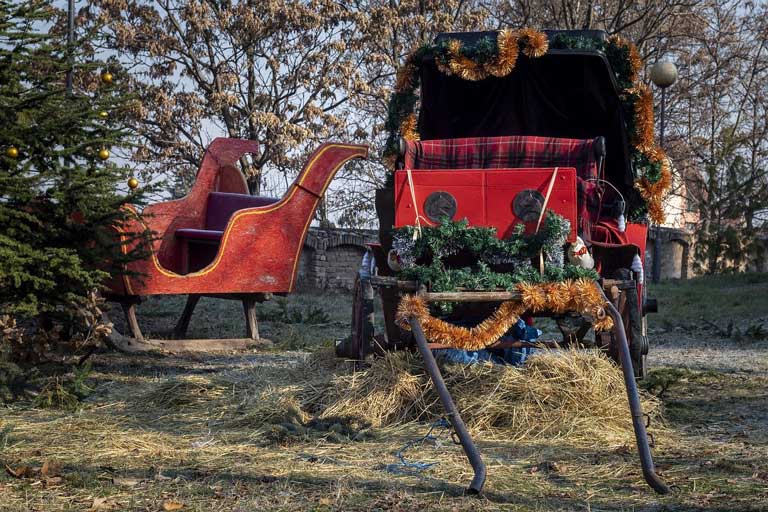
In the Orthodox Church, Advent begins on Nov 28th, lasting for six weeks. Some people choose to fast during Advent, which means they forgo food that comes from animals such as meat, eggs, and milk.
They refer to Christmas Eve as “Badnji” in the day and “Badnje veče” after sundown. Christmas Eve is also the last day of fasting. The Serbian have several Orthodox Christmas traditions that they follow in the countryside, but not so much in the towns.
One Christmas tradition was of the father going to the forest to chop down an oak tree (Badnjak) but people just buy them now. You may even come across a large bonfire outside a church where people burn old Badnjak and oak branches. Other old traditions used to be girls collecting water to take to their family with the water believed to possess special powers.
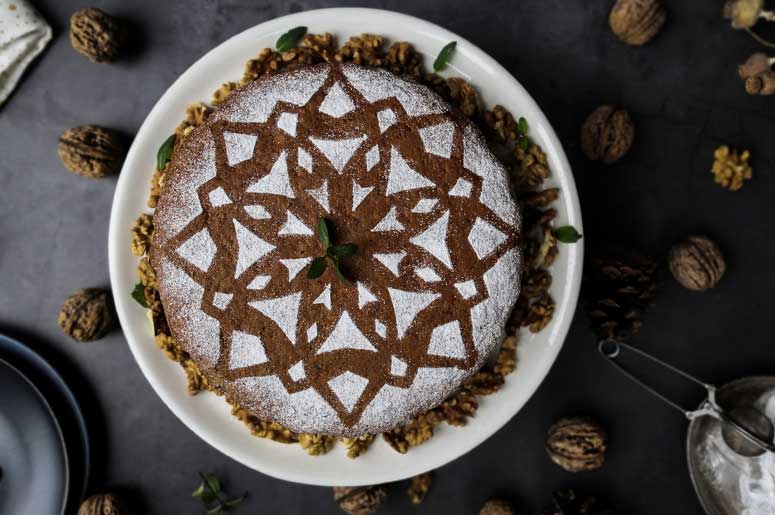
People used to drink this “strong water” and wash their faces with it. They also have a family feast on Christmas, so serving traditional Serbian food includes sarma (cabbage stuffed with minced meat and rice), pecenica (roast pork), and cakes.
2. Serbia’s Forgotten Paws
Serbia’s Forgotten Paws launched in 2012 when a group of animal lovers banded together to support neglected dogs in a shelter in Nis. The charity aims to provide high-quality dog food, ensure every dog receives an insulated house, and offer vet care. Other goals include increasing adoption rates, offering toys, and neuter strays in Serbia.
In 2014, Forgotten Paws became a registered charity in the United Kingdom. Since then, the charity has opened a donkey and horse sanctuary in Serbia.
3. Serbia Volleyball Team
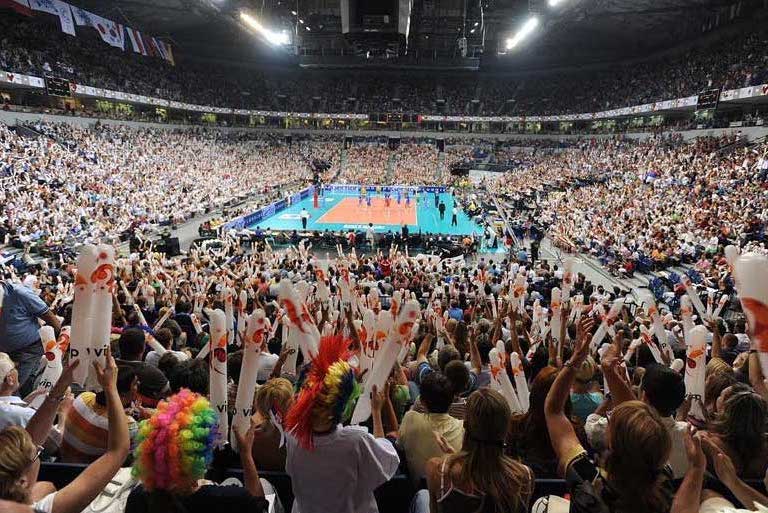
The country has one of the leading volleyball teams in the world. Serbia’s men’s national volleyball team won gold at the Olympics in 2000. They also won the FIVB World League in 2016, and the European Championship, winning it three times. Serbia women’s volleyball team has been twice the World Champions, and have won three times the European Championship. They also won silver in the 2016 Olympics.
4. Brass Band Orchestra in Serbia
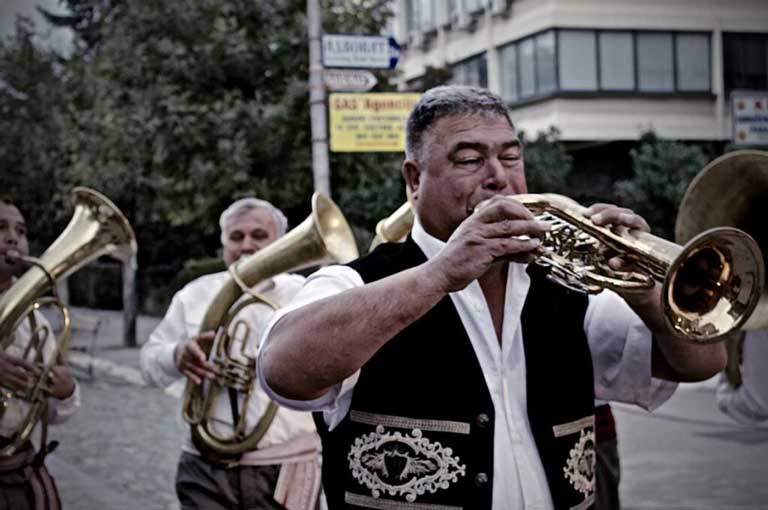
What Serbia is known for is for their Brass Band Orchestra, also known as Truba. It is a style of music that originated from the Balkan region and is popular in Serbia, Bulgaria, North Macedonia, as well as Romania, and Moldova. It combines folk music with military music.
The Serbian call The Balkan Brass bands orkestar, and the band musicians – trubari (трубачи). Such bands became a part of a traditional Serbian wedding, births, family patron saint day (slava), baptisms, and funerals.
The style was introduced to the international scene with the Serbian Emir Kusturica’s movie “Black Cat, White Cat”, featuring Goran Bregovich Band’s soundtracks.
Dragacevski Sabor or the Guca Trumpet Festival is an annual brass band festival organised in Guča, Serbia. The festival attracts 300, 000 to 600,000 visitors annually.
5. Serbia’s Fortresses
· Golubac Fortress
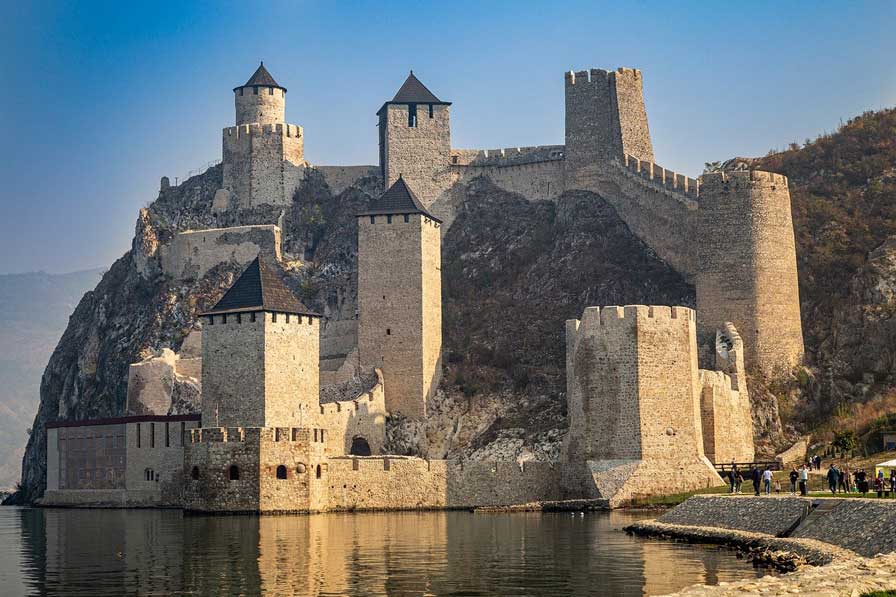
Golubac Fortress, the Guide of the Danube, is a mystery. History doesn’t tell us when it was established and whether it was created by the Hungarians, Bulgarians or Serbs. According to written sources, the fortress was mentioned in 1337 in a Hungarian charter for Nikola Banfi, a nobleman who resided in Golubac.
It is one of the best well-preserved medieval fortresses in the European region. The fortification has ten towers, the original builder added nine and the Turks added another tower. You can admire the impressive structure from afar or pay a small amount to climb to the top of a tower with a guide. You can visit the fort by boat via the Danube River.
· Old Fortress of Ras or Stari Ras
Also known as Stari Ras (Old Ras) in Serbia, it is a medieval fortress located in the area of a former marketplace in Staro Trgoviste. In the medieval state of Raška, Old Ras was the first capital. People believe that the fortress was created during the Byzantine Empire between 1118 to 1143.
You will find the remnants of Old Serbia’s Royal Court and citadel situated on Gradina Hill. You will find several monuments there such as the Naprelj Church, Gradina in Postenje, Saint Archangels Monastery in a cave, and more.
6. National Parks in Serbia
· Fruska Gora National Park
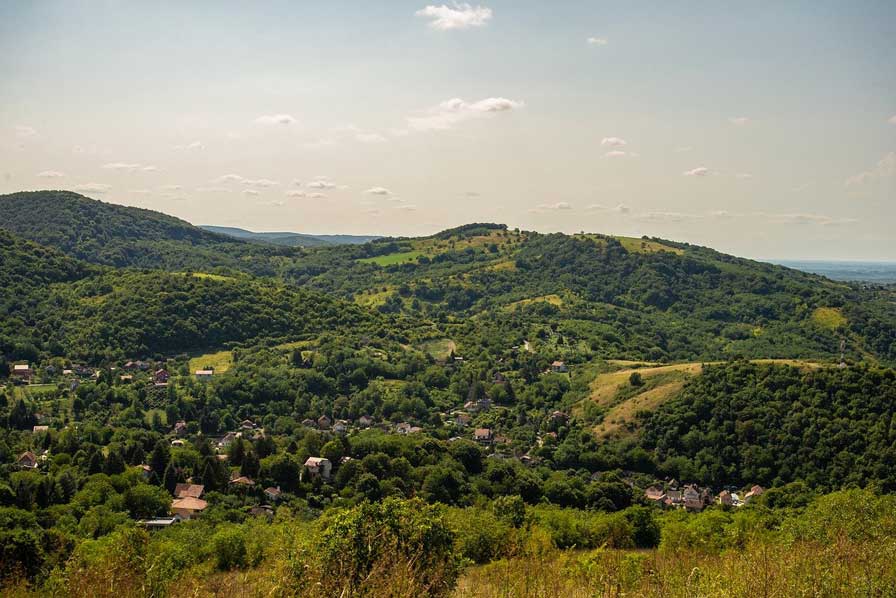
The national park is the oldest in Serbia. It became a national park in 1960 and protects the region’s hills between the Danube and Sava rivers. The park used to be an island in the Pannonian Sea.
Presently, it is decorated with beech, oak forests, meadows and rolling hillsides, monasteries, and villages. You will also find numerous biking and hiking trails through the covered hills of beautiful Serbia.
· Tara National Park
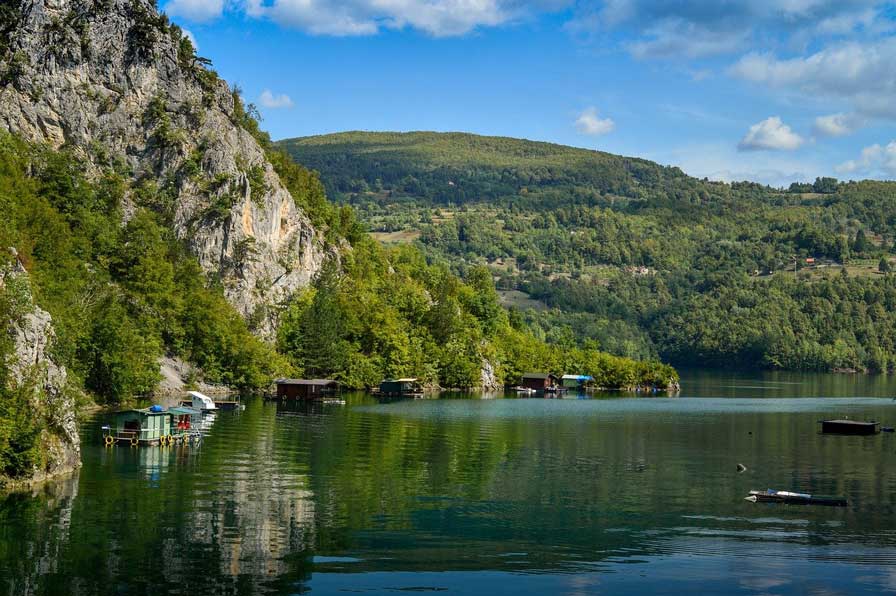
Declared a national park in 1981, it features rugged backwoods and picturesque mountains. The Zvijezda and Tara mountains are located near the Drina River. which is perfect for kayaking and rafting. It’s also an amazing destination for hiking.
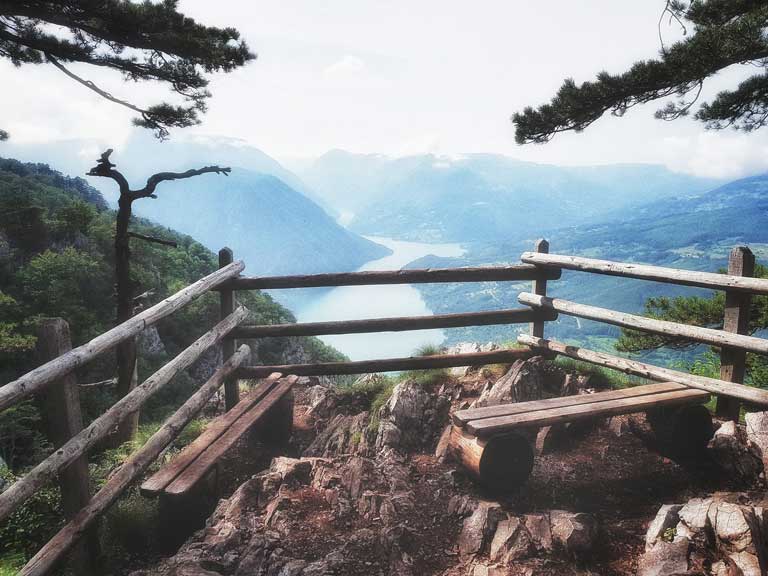
The park includes pristine karst landscapes, immaculate forests, deep ravines, and spectacular meadows. The locals refer to the park as “the lungs of Serbia” because it’s the country’s most forested area with beech, pine, and fir forests.
· Kopaonik National Park
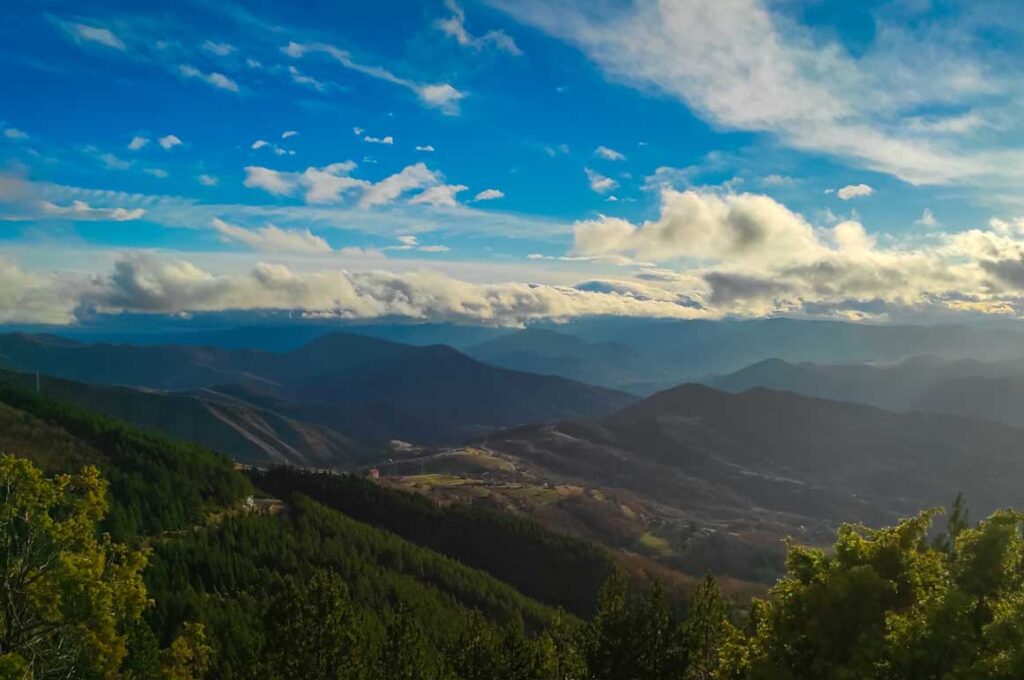
One of Serbia’s tallest mountain points, Pancic’s Peak, is situated in Kopaonik national park. The mountain range’s central plateau takes up most of the park’s area. In other parts of the park, you will discover forests, mountain summits, rivers, and valleys.
The park is famous among locals and tourists for the variety of wintersport activities it offers such as snowboarding, cross-country skiing, and downhill skiing.
The park’s summer activities include hiking, mountain biking, and watching wildlife. You will also find restaurants, hotels, an information centre, ski lifts, and trails and runs at the ski resort. If you want to take a load off and relax, you can take a dip in the Josanicka Banja spa. The spa’s warm waters are known for their healing properties.
· Djerdap National Park
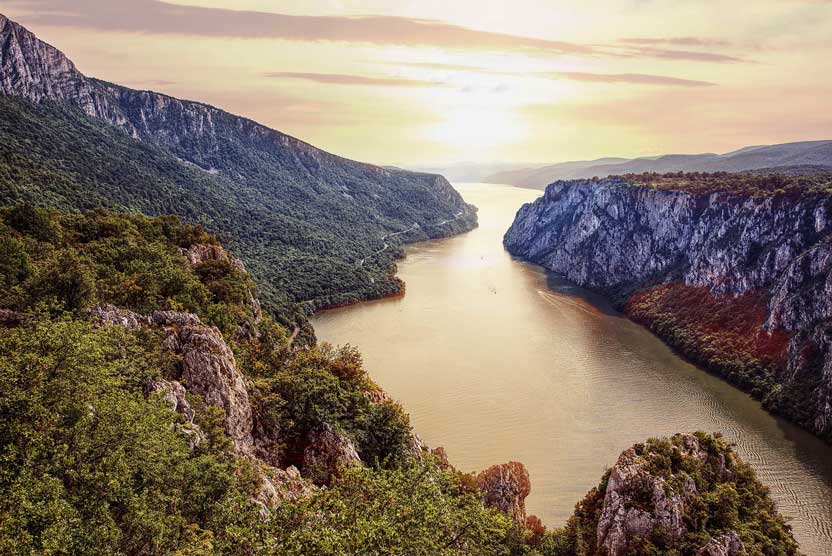
The country’s biggest national park features several interesting historical sites and striking natural attractions.
The stunning 100 km Derdap Gorge (“Iron Gate” due to its deepness) in the Carpathian Mountains is the highlight of the park. The gorge is a valley, consisting of several separate gorges — Mali Kazan, Veliki, Gornja klisura, and Gospodin vir, as well as ravines.
Other popular attractions in the park include the Golubac Fortress, which used to be a castle, an ancient fortress in Kladovo, an 8,000-year-old site at Lepenski Vir, and the Trojan’s Bridge created in 105 AD by the Roman Emperor Trojan.
7. Fun Facts about Serbia: a Birthplace of 17 Roman Emperors
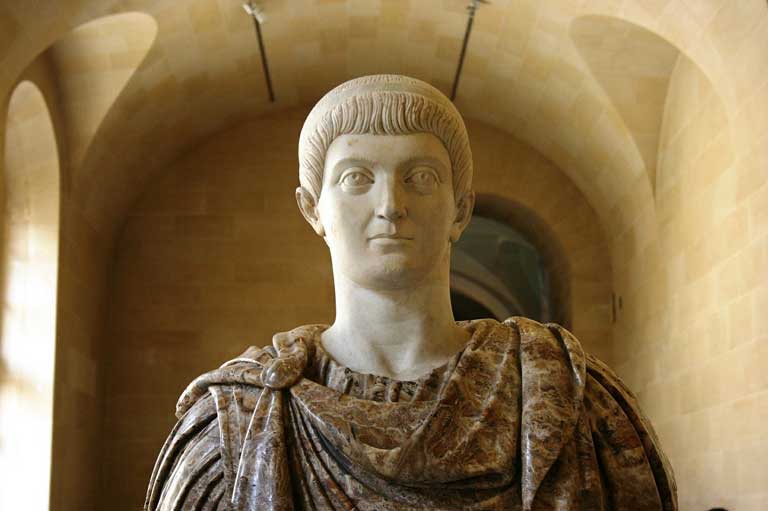
At least 17 Roman emperors were born in Serbia. The country celebrates the Roman Emperor Constantine the Great. The emperor was born in the city of Nis and was the first ruler to declare Christianity as Serbia’s official religion.
8. Kolo Folk Dance
Serbia’s traditional folk dance called “Kolo,” performed on traditional Serbian kolo music, is an important aspect of the country’s culture. They usually perform it on special occasions such as Christmas, Easter, and weddings.
9. Facts about Belgrade – the Capital of Serbia
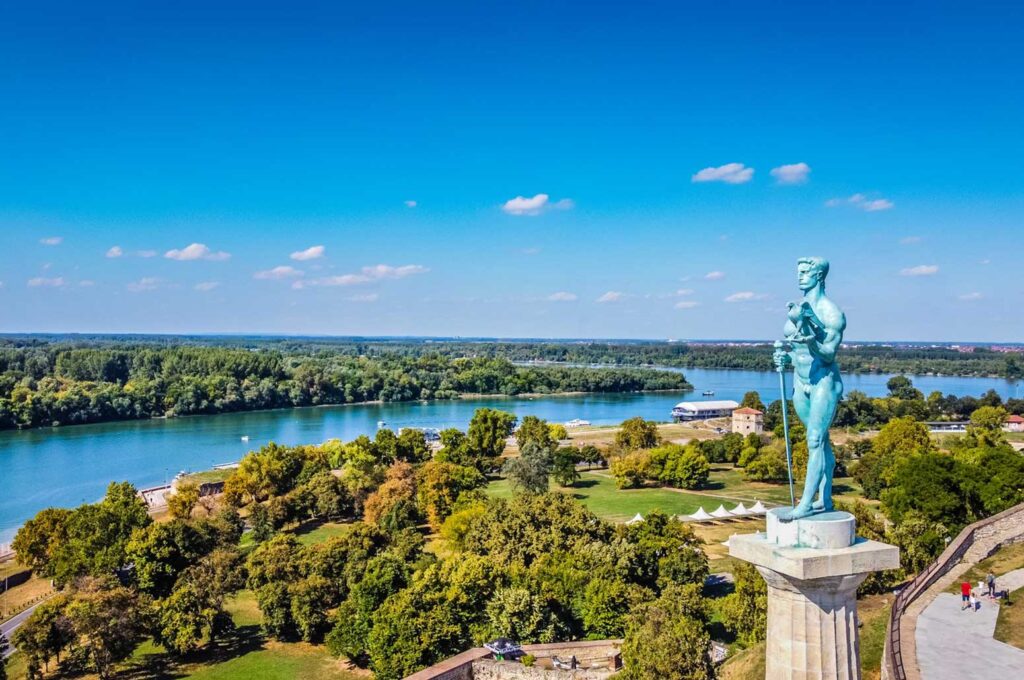
Archaeologists unearthed Belgrade’s history. They found evidence of human settlements, thus proving that Belgrade, the capital of Serbia, has been around for over 7,000 years. Modern-day Belgrade is a lively city with a rich culture and a growing economy. People from various parts of the world visit Serbia’s city to party and sightsee.
10. Facts about Famous Scientists from Serbia
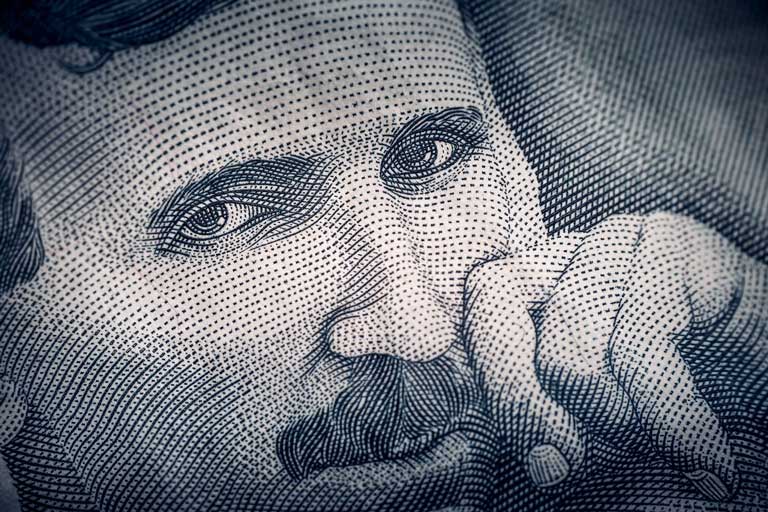
Serbia has also churned out several talented scientists who have made major and outstanding contributions to science. One of the most esteemed Serbian innovators was Nikola Tesla (Tesla was born in Smiljian, a Croatian village) who contributed to both science and technology.
Other talented individuals include physical chemist and physicist Mihajlo Pupin, and mathematician and astronomer Milutin Milankovic. In addition, other famous Serbian people include philologist and linguist Vuk Stefanović Karadzic, and mathematician and inventor Mihailo Petrović Alas.
11. The Vinatovaca Rainforest
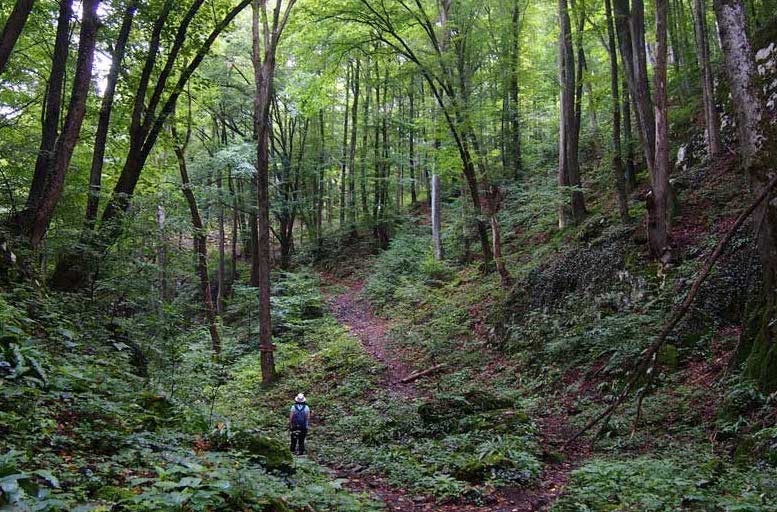
The country’s special nature reserve encompasses beech trees that are more than 350 years old. Visitors are strictly forbidden to chop trees, pick plants, and move fallen trees. The remarkable thing about the rainforest is that it’s been untouched by humans, hence preserving its beauty for decades.
Want to Know More Facts about Serbia?
12. One of the intriguing facts about Serbia is that the Temstice River Canyon with its red cliffs will remind you of Colorado’s Grand Canyon.
13. The Devil’s Town (Davolja varos) is one of the eight wonders of Serbia. Located near Kursumlija, Soil erosion in the area led to the creation of 202 unusual rock towers.
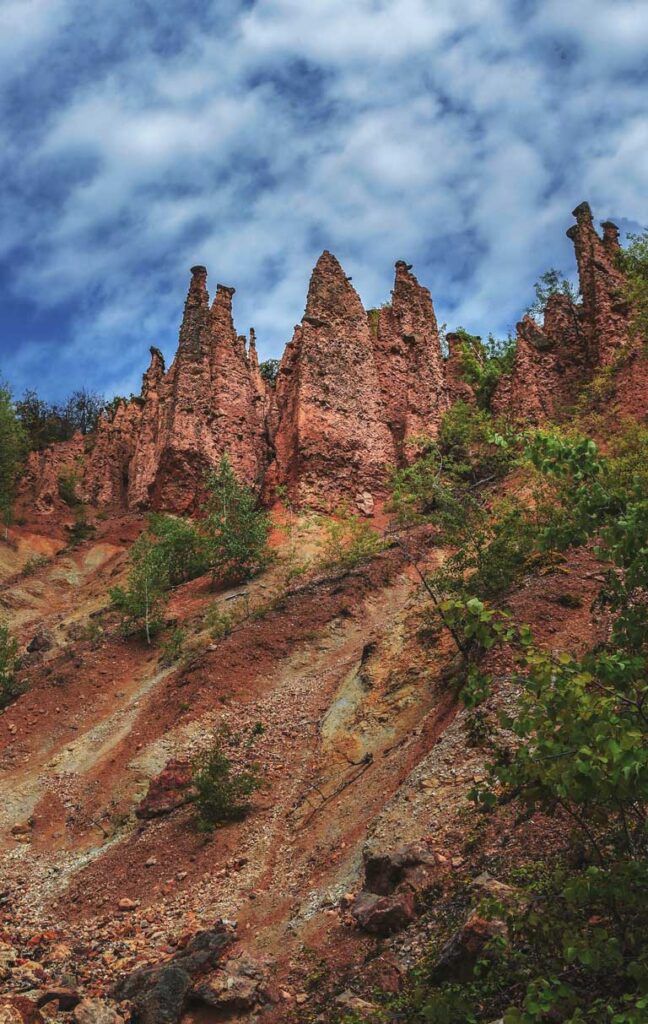
14. Queen Helen of Anjou was French and married King Stefan Uroš. In her honour, the King planted lilacs along the Ibrar Valley. Serbians call the destination by a few different names such as the Valley of Kings, Valley of Lilacs, and Valley of Centuries.
15. Even more exciting facts are coming: The Semetes and Vlasina Lakes are two lakes in Serbia whose surface islands glide and float, which is a natural phenomenon
Conclusion
Those were the interesting, and some of them funny facts about Serbia we wanted to share with you. Travel to Serbia with your friends and family to discover the country through your eyes – its nature and wonders.
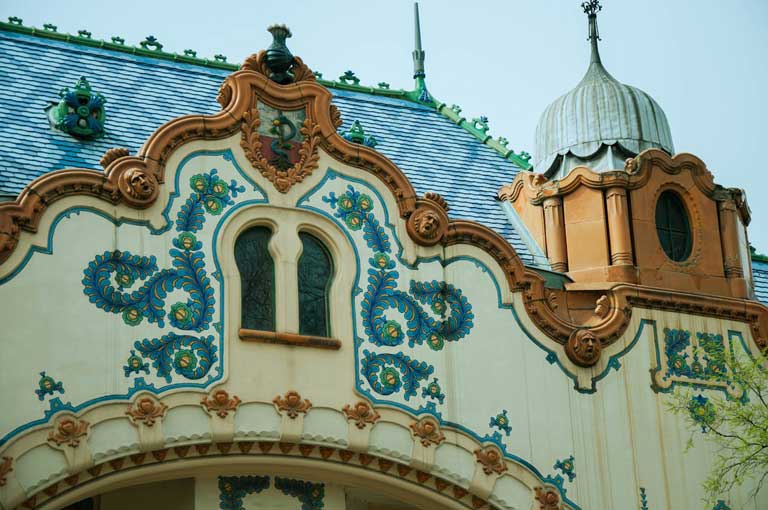
You will have an incredible time in a country where you’ll meet friendly locals, enjoy delicious food, explore different destinations, and leave with a new perspective on Serbian history and culture.

